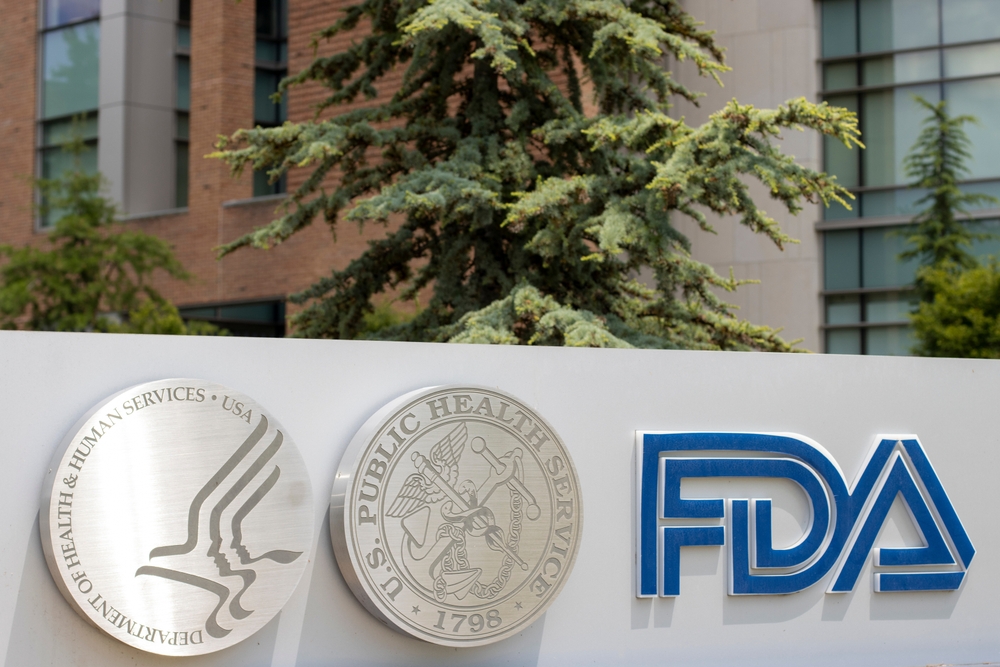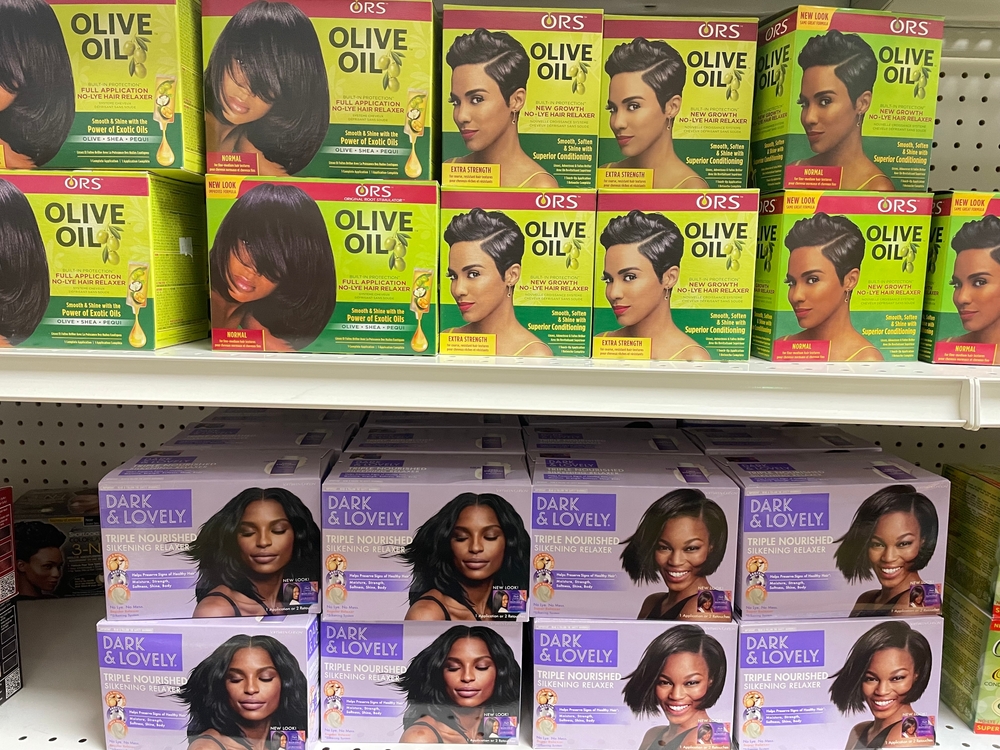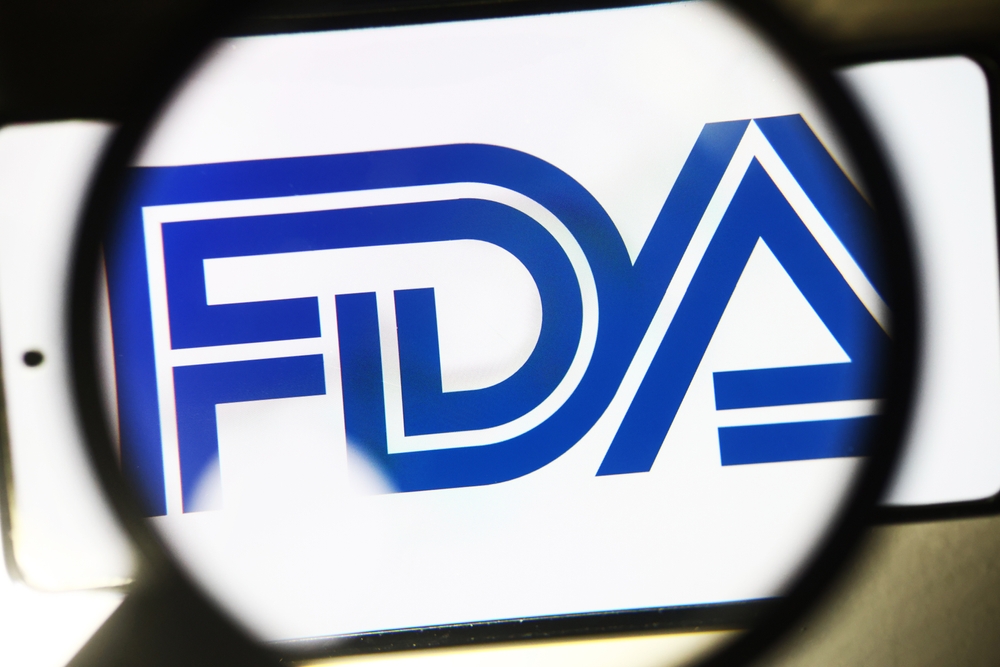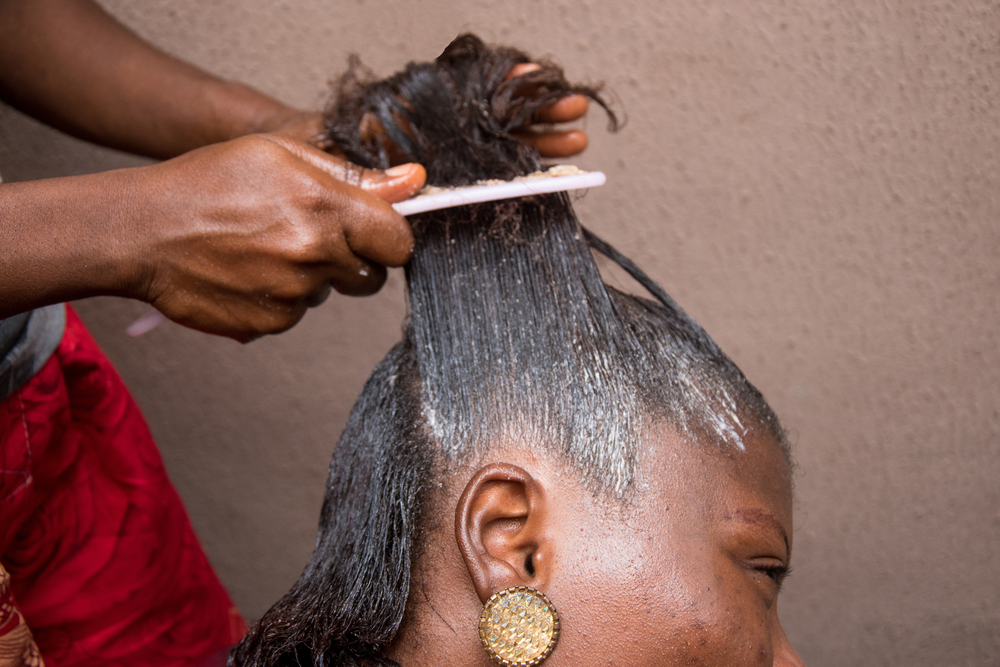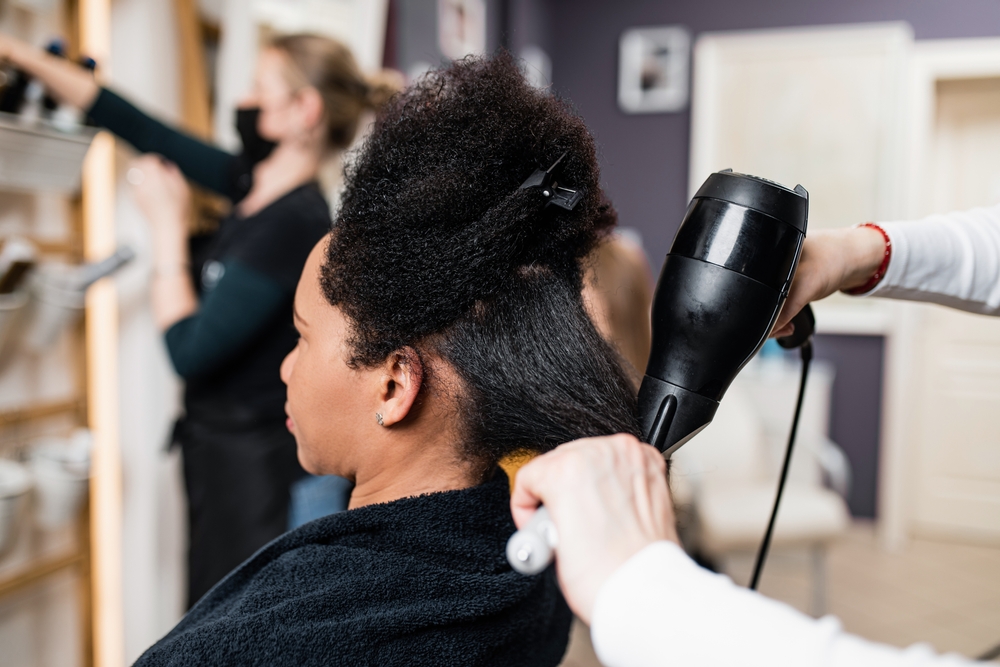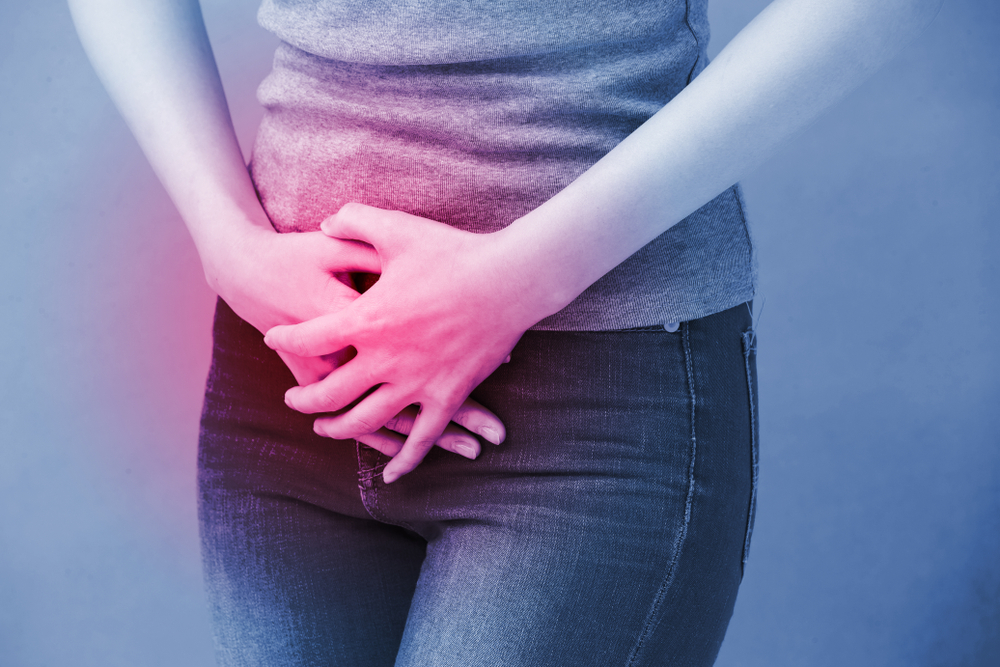Why Are Hair Relaxer Products with Dangerous Chemicals Still Being Sold?
For well over a decade, scientists have studied the possible health effects of chemical hair relaxers, and extensive research has linked them to several serious illnesses, including ovarian, uterine, breast, and endometrial cancer. However, it wasn’t until the release of research findings in October 2022 that women began taking legal action against manufacturers. The research revealed that women who used hair relaxers four or more times per year were more than twice as likely to develop uterine cancer.
Combined with other studies that associated straighteners to ovarian, breast, and endometrial cancer, it’s unsurprising that thousands of plaintiffs have filed chemical hair relaxer lawsuits. And even though more women come forward each day with stories of life-changing suffering and illnesses, and awareness of danger grows, hair relaxers continue to be sold in stores and used in salons nationwide.
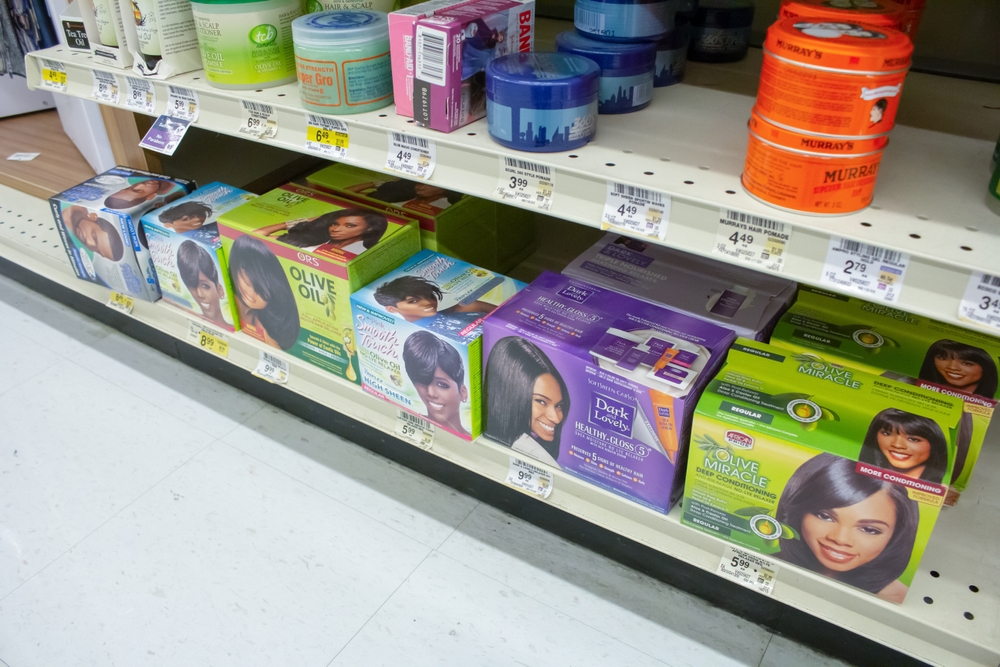
What makes hair relaxers so dangerous is their endocrine-disrupting chemicals; formaldehyde, formaldehyde-releasing compounds, parabens, bisphenol A, metals, and phthalates are ingredients in the straighteners and are known to pose risks to human health. While many countries have banned the use of some or all of these toxins in cosmetics, the U.S. has done little to change industry regulations. Why are hair relaxers still being sold when significant evidence shows how dangerous they are?
Last October, a glimmer of hope came from the U.S. Food and Drug Administration (FDA) when they announced an upcoming proposed ban on hair relaxers that contain formaldehyde and formaldehyde-releasing chemicals. What a federal ban on the dangerous hair relaxer chemical means for lawsuits is unknown, but many lawyers feel it could strengthen cases; if an ingredient is banned because of known risks to public health, it may help allegations that manufacturers failed in their duty to create, market, and sell safe products.
Black Women Primarily Affected by Chemical Hair Relaxers
Hair relaxers are primarily marketed to and used by Black women. There are several reasons for this, the most common stemmed from unhealthy societal standards and bias. Black women continue to be judged and passed over for jobs and promotions simply because of their natural hair, which is typically coarse, curly, and/or tightly coiled.
The result is generations of women who have used chemical hair relaxers several times a year, often since childhood. The long-term, frequent use has exposed just how dangerous the straighteners are, and the widespread health effects can be life-changing, even fatal.
Hair Relaxer MDL Continues to Grow
Chemical hair relaxers continue to be sold in the U.S. even though a burgeoning group of consumers, health organizations, doctors, and scientists are loudly advocating for them to be banned or for the ingredients to be changed. At the same time, the hair relaxer mass tort is fast becoming one of the largest beauty products mass torts in history.
Less than five months after the first hair relaxer lawsuit was filed in October 2022, thousands of product liability claims were consolidated into multidistrict litigation (MDL). Due to the sheer number of hair relaxer lawsuits filed against major brands like L’Oreal, and Revlon, moving the cases to MDL was done in an effort to make the legal process more efficient; consolidating cases in this way is common when numerous plaintiffs sue the same defendant(s) for the same or similar types of injuries, illnesses, or losses.
Hair relaxer lawsuits allege that manufacturers misrepresented their products as safe and failed to inform consumers about the risks of multiple cancers. Plaintiffs are seeking compensation for a range of damages, some of which include medical bills, pain and suffering, and lost wages.
As of August 2024, more than 8,000 hair relaxer lawsuits were pending in the MDL. While the number of new lawsuits filed each month in the mass tort has slowed, the size of it has shown just how deeply chemical hair straighteners have affected the public, especially the Black community.
Individuals who developed an illness linked to these products may still be eligible to join the MDL. A lawyer can help hair straightener cancer victims by reviewing their case, filing a lawsuit and/or joining the current MDL, and fighting for the justice and compensation they deserve.
When Will Formaldehyde Hair Relaxers Be Banned?
The FDA announced they were going to propose a ban on hair relaxers that contain formaldehyde and formaldehyde-releasing chemicals in 2023. Half a year later, the FDA missed the deadline to ban the dangerous chemicals, which was set for April 2024. There’s a new deadline – September 2024 – but there’s skepticism about when it will finally happen, and how long manufacturers will be given to change their products.
While there’s clear evidence of the harmful effects of formaldehyde and other toxic ingredients in countless beauty products, the process of banning chemicals in the U.S. takes significant time. Compared to dozens of other countries, the U.S. has made few strides in protecting the public from known carcinogens and toxins in health and beauty products.
The disparity is staggering. The U.S. has banned or restricted 11 ingredients in cosmetics. In contrast, the European Union has restricted or banned 1,300, including formaldehyde. Unfortunately, delays in protecting consumers from some of the most dangerous ingredients in hair relaxers have led to much frustration and confusion as product liability lawsuits continue to be filed.
The sad reality is that the formaldehyde ban is coming far too late for thousands of women who have suffered and are currently suffering serious health issues from hair relaxers. While it will protect consumers (to an extent) once manufacturers adhere to new guidelines or face removal of their products from stores, experts warn that formaldehyde is just one of the dangerous ingredients in chemical hair straighteners. This is just the beginning. Meanwhile, as countless women continue to use hair relaxers, many more will develop serious illnesses in the years to come.









